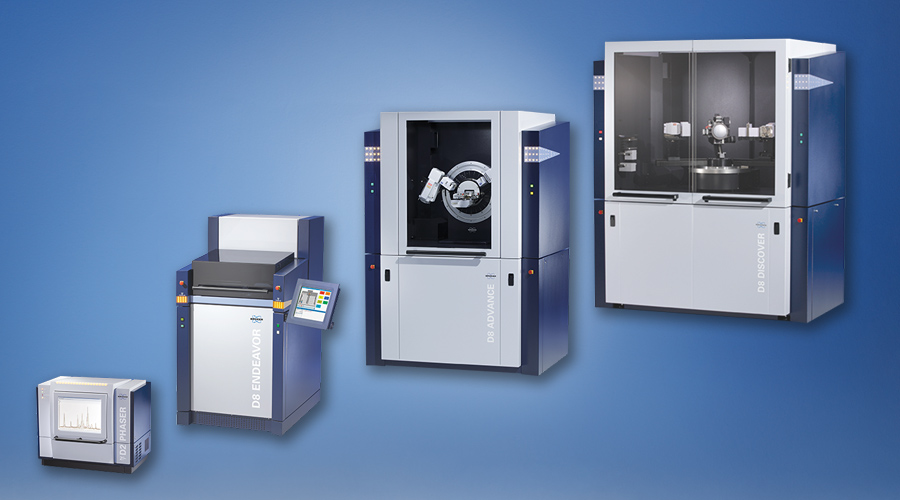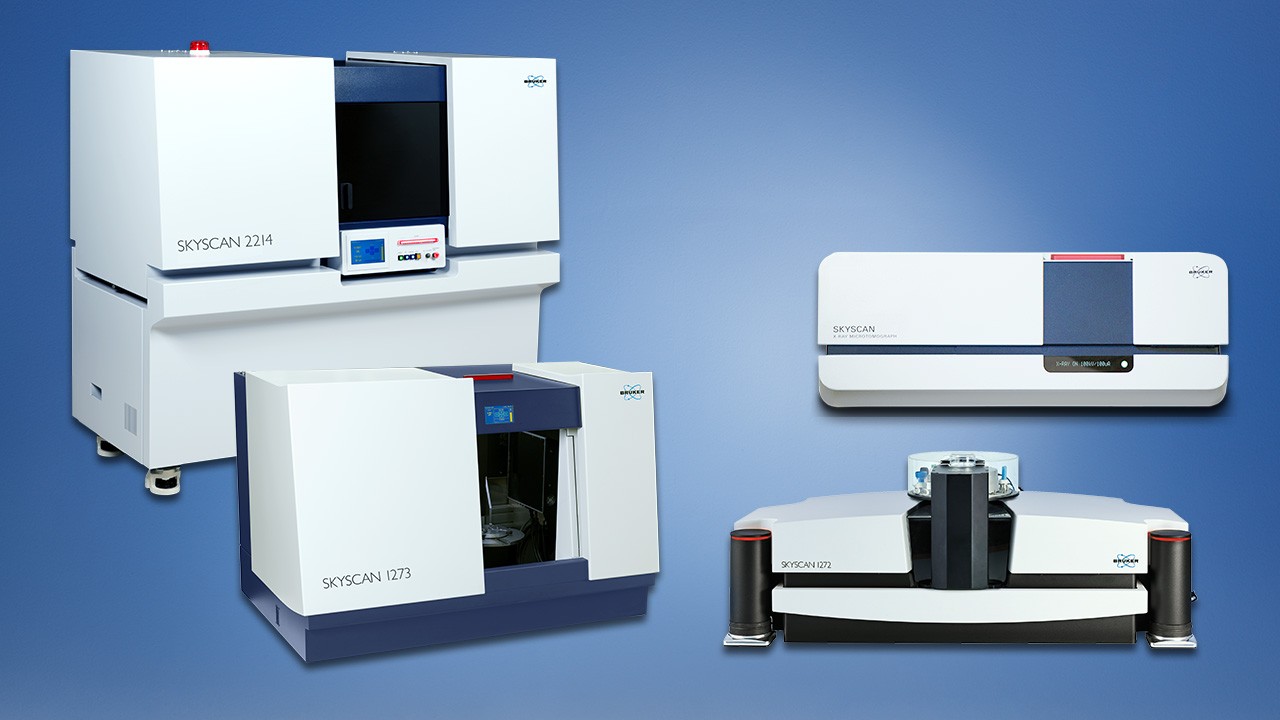Battery Research
Overview
Shedding Light on the Workings of Energy Storage Materials
能源产生和能源存储相关的应用需要当今最复杂的材料开发计划,以满足效率和可靠性目标。bob综合游戏从笔记本电脑到智能手机,我们的许多电子设备都由可充电锂离子(Li-ion)电池提供动力,并且它们也可能很快扩展到许多其他区域。这包括通过正在进行的电动汽车开发和采用运输。不断开发bob综合游戏新材料,以改变我们捕获,传输和存储能源的方式。
The performance of any battery, whether in terms of its capacity, lifetime or energy density, is ultimately down to the intrinsic properties of the materials that comprise its anode, cathode, electrolyte and SEI. Bruker has developed a comprehensive suite of characterization techniques to enable scientist to understand and optimize the physical and chemical properties, performance and stability of all battery components and the fully assembled battery cells.
请继续阅读以了解原子力显微镜,FTIR光谱,纳米力学测试,X射线衍射,拉曼显微镜,X射线显微镜和X射线光谱如何在储能材料的工作中亮起。bob综合游戏
In-situ Characterization
In-situ Characterization
研究溶质和电极
Researchers can in-situ monitor the electrochemical process in the solutes and electrodes of a lab-level battery model system. These model systems are not ready battery products, but one has the possibility to tune the anode, cathode materials, the electrolyte composition, temperature etc. during a programmed voltage cycle. FTIR spectroscopy is synchronised with electrochemical reaction. As result IR spectra over time / potential are collected. The combination of FTIR spectroscopy with electrochemistry offers insight in the molecular change and the reaction process of the studied molecules in addition to the electrochemical response of the experiment.
Follow battery cell behavior during cycling
During charge/ discharge, the cathode and anode of every battery cell undergo constant changes, e.g. due to the insertion of Li-cations. With X-ray diffraction (XRD), both the changing phase composition and the evolution of the crystal structure can be followed simultaneously. This allows researchers to understand new energy storage materials on an atomic level, follow the reaction that occur during cycling and monitor degradation behaviour to improve battery performance.
我们的X射线衍射仪支持您的电池材料的研究和开发,从对隔离阴极和阳极材料的现场分析到对功能齐全的硬币和袋子细胞的operando研究。bob综合游戏
Observing Li-dendrite growth in situ
Lithium dendrite growth is one of the biggest problems affecting the safety of Li-ion batteries, but probing the initial stages of dendrite growth is difficult due to the reactive and fragile nature of lithium compounds, especially when studying growth at the solid electrolyte interface (SEI).
使用atomic force microscopy with electrochemical mode, the morphological evolution of the electrode surface under potential control can be traced. These experiments reveal different Li-deposition on graphite for different electrolytes, providing a deeper understanding of the underlying mechanism of dendritic growth in Li-batteries.
Ex-situ and Failure Analysis
Ex-situ and Failure Analysis
通过激光解吸/电离成像研究电化学副反应
In the emerging fields of electroorganic synthesis and battery research, electrochemical side reactions on the active surface of electrodes represent a major challenge for efficiency and reproducibility.
Often, the undesired polymerization of one or more compounds on the active surface of electrodes is observed. These polymers tend to adsorb on the electrode leading to a passivation of the active surface, which is often referred to as “electrode fouling”.
Mass spectrometric imaging using the timsTOF fleX enables the identification and the spatially resolved visualization of the adsorbed side products. Hence, timsTOF fleX-based imaging allows the investigation of electrode fouling and provides valuable insight into electrochemical reaction pathways.
提高电池安全性
机械损伤,包括电极的脆性故障和分离器穿透,可能会导致储存能量的戏剧性释放,包括电池火。此外,涂料,机械(或离子)引起的肿胀和僵硬,制造的压力以及机械应力以及多重电荷分离循环的损害对新设备开发和整合构成了重大挑战。因此,出于安全性和性能原因,都必须了解这些设备的机械性能,包括适当尺寸尺度的每个组件。
电池材料的纳米力学测试为新兴材料提供了定量表征,并更深入的见解可改善bob综合游戏机械性能。
Carbon analysis in flexible electrodes
基于磷酸铁锂电池使用联赛的阴极known to be very safe and show no risk of thermal runaway but have a low electrical conductivity, limiting the performance at high charge/ discharge rates. A very thin carbon coating on the LFP particles can improve its conductivity. The anodic stability of carbon coated cathode materials can be studied with Raman Spectroscopy, which demonstrates the homogeneity of the coating.
All components of a battery like anode/cathode materials and electrolytes can be analyzed with a very high lateral resolution using Raman microspectroscopy, both ex- and in -situ. Carbon is widely used in batteries. Raman spectra can be used to distinguish its allotropes and provide further information like defect concentration.
验证电极的结构完整性和研究微观结构
X-ray microscopy enables to non-destructively visualize the internal 3D structure of batteries and fuel cells. XRM is therefore a great tool to help understanding failure mechanisms by monitoring the internal alignment of components such as electrode separation over the battery life time, or in stress tests.
The electrode microstructure of modern high-performance batteries such as Li-ion batteries significantly impacts key properties such as cycle life time and capacity. A lot of efforts therefore go into careful optimization of processing parameters to tease out the best battery performance. XRM as multi-scale analysis technique supports advanced battery research since it can reveal at high resolution the microstructure of the individual anode and cathode layers.
铅酸电池电极中的元素映射
铅酸电池(累加器)是可充电设备,用于存储由电化学工艺产生的电能。电池由由铅(PB)和二氧化铅制成的电极组成(PBO2)和稀硫酸(37%h2所以4)作为电解质。在排放铅酸电池期间,分散的铅硫酸盐(PBSO)4) forms on electrodes in a process that is reversed by recharging. However, under certain conditions, permanent deposits can also form on the electrodes. X-ray element maps acquired by WDS are ideal for investigating the nature and spatial distribution of sulfation deposits leading to battery failure.










